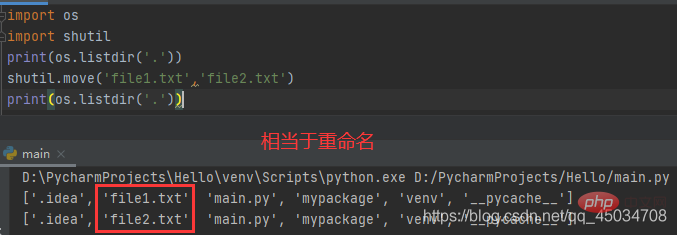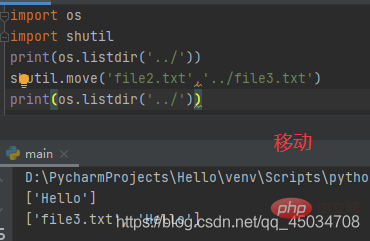Python explains the os module and shutil module in detail

Article directory
- File processing
- Get system type
- Get the system environment
- Execute system commands
- Operation directories and files
- Advanced processing of files and directories
- Copy files
- Move files
- Read compressed and archive compressed files
- Unzip files
- Summary
(Related free learning recommendations: python video tutorial)
os module and shutil module are Python processing files / directory's primary mode. The os module provides a convenient way to use operating system-related functions, and the shutil module is an advanced file/directory operation tool.
File processing
osThe module provides some convenient functions to use operating system resources, such as reading files in the resource directory files, view all contents of files under a certain path on the command line, etc.
Get the system type
When developing code compatibility to adapt to different operating systems, it can be easily solved by judging the operating system type.
import osimport sysprint(os.name) # 返回nt代表Windows,posix代表Linuxprint(sys.platform) # 更详细信息
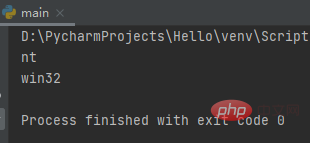
Get the system environment
When setting environment variables, the module environ is often called Module. os.environ returns system environment variables in the form of a dictionary. To obtain specific attribute values, you can use the index or the method getenv():
import osprint(os.environ)print(os.environ['PATH'])print(os.getenv('PATH'))
Execute system commands
Use the os modulesystem()method to execute shell commands, normal execution will return 0. The usage format is os.system("bash command").
When writing in non-console mode, system() will only call the system command but not execute it. The execution result can be returned through the popen() function The file object is read and obtained.
import os
os.system('ping www.baidu.com')os.popen('ping www.baidu.com').read()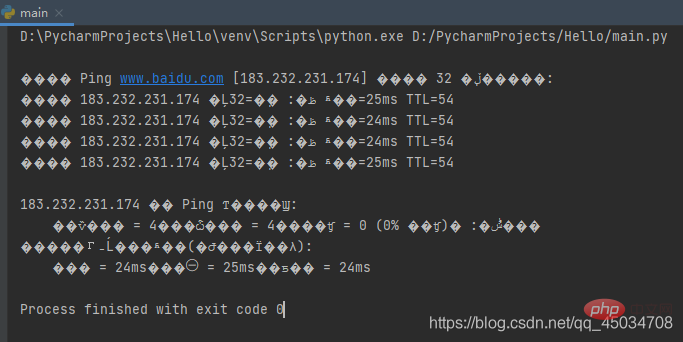
Operation directories and files
One of the most common functions of Python development when using the os module to operate directories and files one.
| Method | Description | Example |
| os.getcwd() | Get the current directory path | 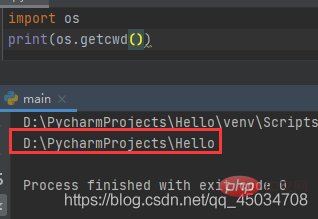 |
| Change the current script directory | 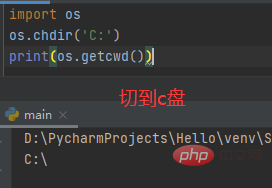 |
|
| List all files in the directory | 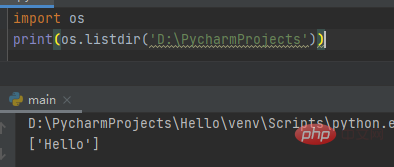 |
|
| Create a single directory | 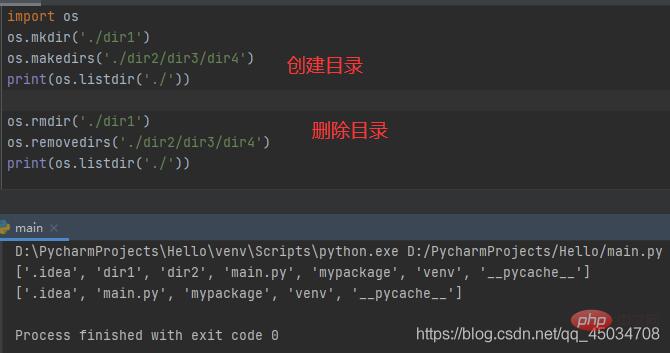 |
|
| Create a multi-level directory | ||
| Delete a single-level empty directory | ||
| Delete multi-level directories | ##os.rename("File or directory name", "Target name") | |
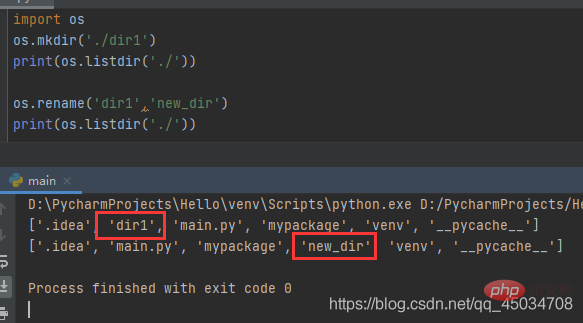 ##os.path.abspath() ##os.path.abspath() |
||
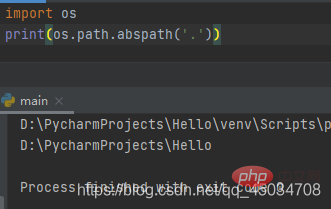 os.path.split(path) os.path.split(path) |
||
| If there is no \ in the path string, only the file name part has a value; | If the path string contains \ and is no longer the last, then the folder and file names all have values.
|
##os.path.join(path1,path2)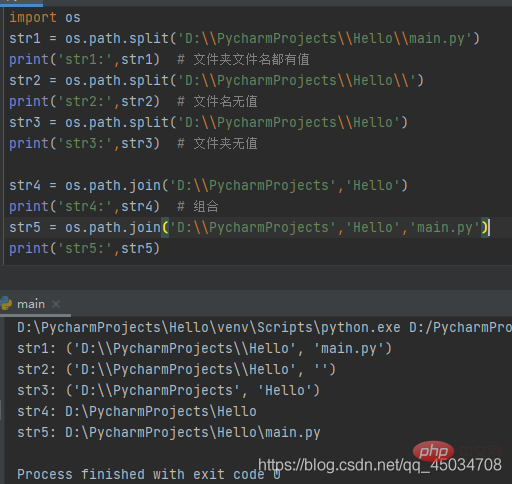
| Combining paths
| os.path.dirname(path) | Get the folder part in path | |
os.path.basename( path)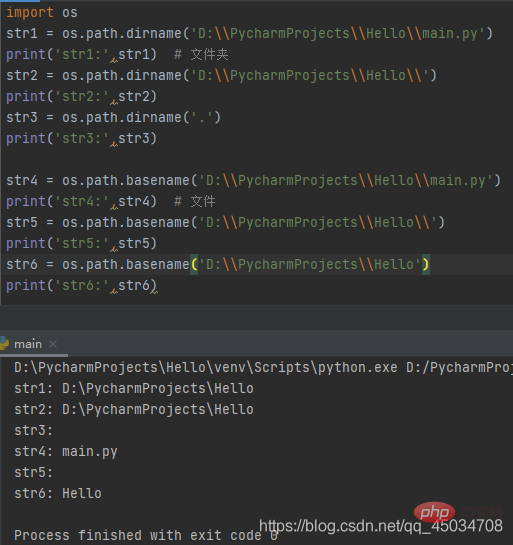
| Get the file name in path||
| os.path.exists(path) | Judge whether the file or folder exists | |
os.path.isfile(path)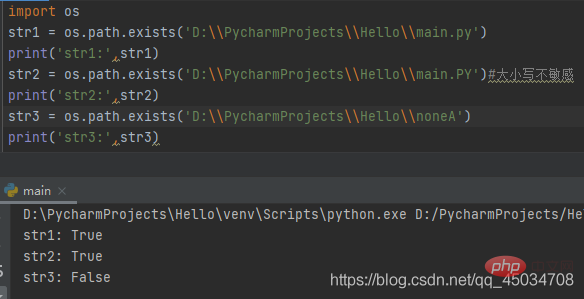
| Determine whether the path is a file||
os.path.isdir(path)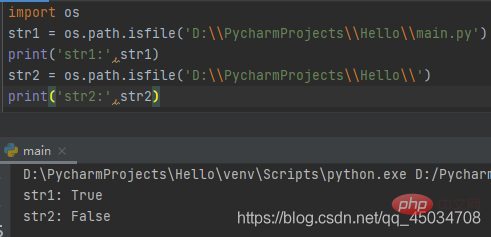
| Determine whether the path is a directory||
os.path.getsize(path)
| Get file or folder size||
| ##os.path.getctime(path) |
 Get the file or folder creation time Get the file or folder creation time |
|
| os.path.getatime(path) |
 Get the file or Folder last access time Get the file or Folder last access time |
|
| ##os.path.getmtime(path) | Get the last modification time of a file or folder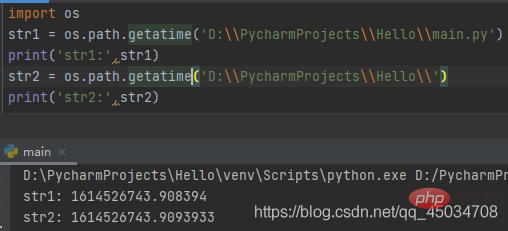
|
|
| os.sep() | Path separator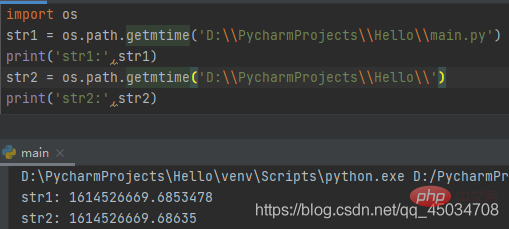
|
|
| os.extsep() | Separator between file name and suffix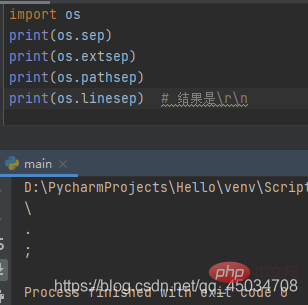
|
|
| Path separator | ||
| Newline symbol | ||
The above is the detailed content of Python explains the os module and shutil module in detail. For more information, please follow other related articles on the PHP Chinese website!

Hot AI Tools

Undresser.AI Undress
AI-powered app for creating realistic nude photos

AI Clothes Remover
Online AI tool for removing clothes from photos.

Undress AI Tool
Undress images for free

Clothoff.io
AI clothes remover

Video Face Swap
Swap faces in any video effortlessly with our completely free AI face swap tool!

Hot Article

Hot Tools

Notepad++7.3.1
Easy-to-use and free code editor

SublimeText3 Chinese version
Chinese version, very easy to use

Zend Studio 13.0.1
Powerful PHP integrated development environment

Dreamweaver CS6
Visual web development tools

SublimeText3 Mac version
God-level code editing software (SublimeText3)

Hot Topics
 PHP and Python: Different Paradigms Explained
Apr 18, 2025 am 12:26 AM
PHP and Python: Different Paradigms Explained
Apr 18, 2025 am 12:26 AM
PHP is mainly procedural programming, but also supports object-oriented programming (OOP); Python supports a variety of paradigms, including OOP, functional and procedural programming. PHP is suitable for web development, and Python is suitable for a variety of applications such as data analysis and machine learning.
 Choosing Between PHP and Python: A Guide
Apr 18, 2025 am 12:24 AM
Choosing Between PHP and Python: A Guide
Apr 18, 2025 am 12:24 AM
PHP is suitable for web development and rapid prototyping, and Python is suitable for data science and machine learning. 1.PHP is used for dynamic web development, with simple syntax and suitable for rapid development. 2. Python has concise syntax, is suitable for multiple fields, and has a strong library ecosystem.
 Python vs. JavaScript: The Learning Curve and Ease of Use
Apr 16, 2025 am 12:12 AM
Python vs. JavaScript: The Learning Curve and Ease of Use
Apr 16, 2025 am 12:12 AM
Python is more suitable for beginners, with a smooth learning curve and concise syntax; JavaScript is suitable for front-end development, with a steep learning curve and flexible syntax. 1. Python syntax is intuitive and suitable for data science and back-end development. 2. JavaScript is flexible and widely used in front-end and server-side programming.
 PHP and Python: A Deep Dive into Their History
Apr 18, 2025 am 12:25 AM
PHP and Python: A Deep Dive into Their History
Apr 18, 2025 am 12:25 AM
PHP originated in 1994 and was developed by RasmusLerdorf. It was originally used to track website visitors and gradually evolved into a server-side scripting language and was widely used in web development. Python was developed by Guidovan Rossum in the late 1980s and was first released in 1991. It emphasizes code readability and simplicity, and is suitable for scientific computing, data analysis and other fields.
 Can vs code run in Windows 8
Apr 15, 2025 pm 07:24 PM
Can vs code run in Windows 8
Apr 15, 2025 pm 07:24 PM
VS Code can run on Windows 8, but the experience may not be great. First make sure the system has been updated to the latest patch, then download the VS Code installation package that matches the system architecture and install it as prompted. After installation, be aware that some extensions may be incompatible with Windows 8 and need to look for alternative extensions or use newer Windows systems in a virtual machine. Install the necessary extensions to check whether they work properly. Although VS Code is feasible on Windows 8, it is recommended to upgrade to a newer Windows system for a better development experience and security.
 Can visual studio code be used in python
Apr 15, 2025 pm 08:18 PM
Can visual studio code be used in python
Apr 15, 2025 pm 08:18 PM
VS Code can be used to write Python and provides many features that make it an ideal tool for developing Python applications. It allows users to: install Python extensions to get functions such as code completion, syntax highlighting, and debugging. Use the debugger to track code step by step, find and fix errors. Integrate Git for version control. Use code formatting tools to maintain code consistency. Use the Linting tool to spot potential problems ahead of time.
 How to run python with notepad
Apr 16, 2025 pm 07:33 PM
How to run python with notepad
Apr 16, 2025 pm 07:33 PM
Running Python code in Notepad requires the Python executable and NppExec plug-in to be installed. After installing Python and adding PATH to it, configure the command "python" and the parameter "{CURRENT_DIRECTORY}{FILE_NAME}" in the NppExec plug-in to run Python code in Notepad through the shortcut key "F6".
 How to run programs in terminal vscode
Apr 15, 2025 pm 06:42 PM
How to run programs in terminal vscode
Apr 15, 2025 pm 06:42 PM
In VS Code, you can run the program in the terminal through the following steps: Prepare the code and open the integrated terminal to ensure that the code directory is consistent with the terminal working directory. Select the run command according to the programming language (such as Python's python your_file_name.py) to check whether it runs successfully and resolve errors. Use the debugger to improve debugging efficiency.




